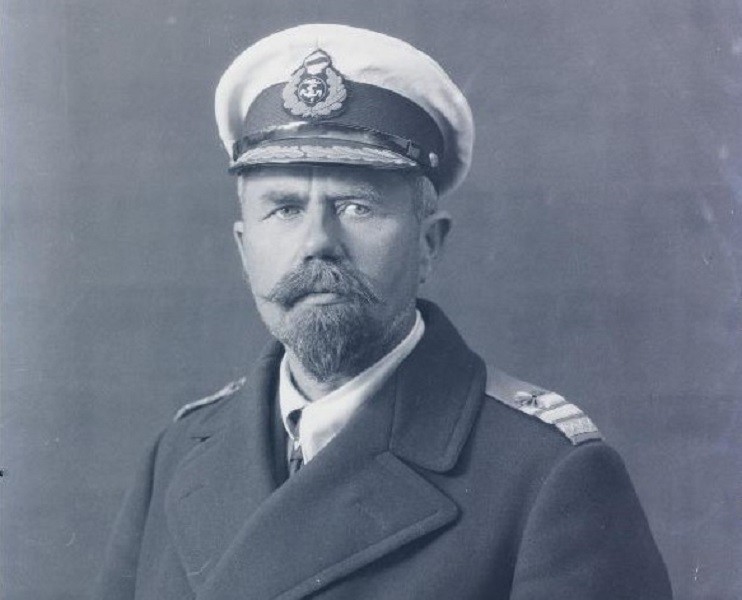|
National Liberal Party (Estonia)
The National Liberal Party ( et, Rahvuslik Vabameelne Partei, RVP) was a political party in Estonia. History The party was established by Johan Pitka in 1922 and ran in the 1923 parliamentary elections, winning four seats with 4.5% of the vote. The 1926 elections saw its vote share fall to just 0.9%, and the party lost all four seats. It did not contest elections again.Dieter Nohlen Dieter Nohlen (born 6 November 1939) is a German academic and political scientist. He currently holds the position of Emeritus Professor of Political Science in the Faculty of Economic and Social Sciences of the University of Heidelberg. An expe ... & Philip Stöver (2010) ''Elections in Europe: A data handbook'', p577 References {{Authority control Defunct political parties in Estonia ... [...More Info...] [...Related Items...] OR: [Wikipedia] [Google] [Baidu] |
Estonia
Estonia, formally the Republic of Estonia, is a country by the Baltic Sea in Northern Europe. It is bordered to the north by the Gulf of Finland across from Finland, to the west by the sea across from Sweden, to the south by Latvia, and to the east by Lake Peipus and Russia. The territory of Estonia consists of the mainland, the larger islands of Saaremaa and Hiiumaa, and over 2,200 other islands and islets on the eastern coast of the Baltic Sea, covering a total area of . The capital city Tallinn and Tartu are the two largest urban areas of the country. The Estonian language is the autochthonous and the official language of Estonia; it is the first language of the majority of its population, as well as the world's second most spoken Finnic language. The land of what is now modern Estonia has been inhabited by '' Homo sapiens'' since at least 9,000 BC. The medieval indigenous population of Estonia was one of the last " pagan" civilisations in Europe to adopt Ch ... [...More Info...] [...Related Items...] OR: [Wikipedia] [Google] [Baidu] |
Johan Pitka
Johan Pitka, VR I/1, (also Juhan Pitka; 19 February 1872 – 22 November 1944) was an Estonian entrepreneur, sea captain and a rear admiral (1919). He was the Commander of the Estonian Navy in the Estonian War of Independence. Johan Pitka was one of the main characters in organizing the Defence Forces of the newly established Estonian Republic in November 1918, at the end of World War I, when the German occupational forces started to move out of Estonia, and there was a threat of the invasion of the newly established Red Army. Johan Pitka was the creator and main organizer of the Estonian Defence League, Estonian armoured trains, armoured cars and the Estonian Navy. He was appointed the Commander of the Estonian Navy in December 1918 and led it through the victorious Estonian War of Independence without losing a ship. Due to his commitment to his country, Johan Pitka is often called "the Spirit of the Estonian War of Independence" for this. Early life Pitka studied at K� ... [...More Info...] [...Related Items...] OR: [Wikipedia] [Google] [Baidu] |
1923 Estonian Parliamentary Election
Parliamentary elections were held in Estonia between 5 and 7 May 1923. There were some controversies - some lists, most remarkably Communist, were declared void before the elections because of electoral law violations, and the results gave Estonia its most fragmented parliament ever. Results See also * II Riigikogu References External linksII Riigikogu valimised: 5.-7. mail 1923Riigi Statistika Keskbüroo Parliamentary elections in Estonia Estonia Estonia, formally the Republic of Estonia, is a country by the Baltic Sea in Northern Europe. It is bordered to the north by the Gulf of Finland across from Finland, to the west by the sea across from Sweden, to the south by Latvia, a ... 1923 in Estonia {{Estonia-election-stub ... [...More Info...] [...Related Items...] OR: [Wikipedia] [Google] [Baidu] |
1926 Estonian Parliamentary Election
Parliamentary elections were held in Estonia between 15 and 17 May 1926. Before the elections, the electoral law was changed to create more stability by introducing a system of bonds and raising the electoral threshold to require a party to win a minimum of two seats. Results See also *III Riigikogu References External linksIII Riigikogu valimised : 15.-17. mail 1926Riigi Statistika Keskbüroo Parliamentary elections in Estonia Estonia Estonia, formally the Republic of Estonia, is a country by the Baltic Sea in Northern Europe. It is bordered to the north by the Gulf of Finland across from Finland, to the west by the sea across from Sweden, to the south by Latvia, a ... 1926 in Estonia {{Estonia-election-stub ... [...More Info...] [...Related Items...] OR: [Wikipedia] [Google] [Baidu] |
Dieter Nohlen
Dieter Nohlen (born 6 November 1939) is a German academic and political scientist. He currently holds the position of Emeritus Professor of Political Science in the Faculty of Economic and Social Sciences of the University of Heidelberg. An expert on electoral system An electoral system or voting system is a set of rules that determine how elections and referendums are conducted and how their results are determined. Electoral systems are used in politics to elect governments, while non-political elections ma ...s and political development, he has published several books. IDEA Bibliography Books published by Nohlen include: *''Electoral systems of the world'' (in German, 1978) *''Lexicon of politics'' (seven volumes) *''Elections and Electoral Systems'' (1996) *''Electi ...[...More Info...] [...Related Items...] OR: [Wikipedia] [Google] [Baidu] |
